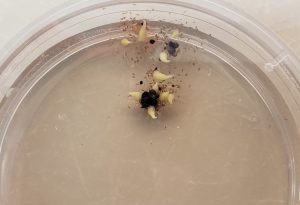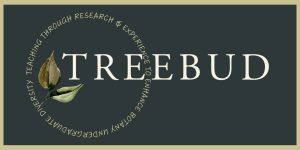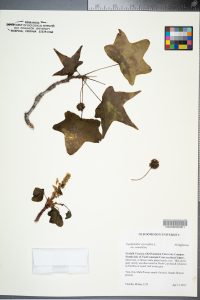Research
Evolution of Platanthera orchids
Orchids are a fascinating group of plants to study because they offer challenging and interesting evolutionary phenomena for investigation and incredible diversity in floral and ecological form. Platanthera species exhibit great variability in floral morphology, pollination syndrome, and habitat and have been considered a model system for studying important evolutionary processes in Orchidaceae. Thus far, I have focused phylogenetics, biogeography, and evolution of section Limnorchis. Due to extensive morphological variation and interspecific hybridization of members of this section, small-scale studies of intraspecific variation are necessary to elucidate evolutionary relationships and determine taxonomic boundaries within Limnorchis. Now that we have a genomic marker set, thanks to Dr. Eranga Wettewa’s dissertation research in the lab, I hope to incorporate additional species across the genus into our phylogenetic analyses.
We are collaborating with Marlin Bowles to better understand microevolutionary patterns in P. dilatata, a species with extensive floral and ecological variation. Marlin has documented variation among populations in flower size and spur length, as well as differences in habitats and soils where these different phenotypes occur. My lab has accompanying genetic data to suggest differentiation among phenotypically distinct groups, but there seems to be historical introgression between them too.
Seed germination of orchids
 We have been learning in vitro techniques and have begun to experiment with asymbiotic seed germination of orchids. Making use of the Kaplan Orchid Conservatory on ODU’s campus, we are testing various methods for germinating seeds of P. dilatata and exploring geographic variation in seed germination.
We have been learning in vitro techniques and have begun to experiment with asymbiotic seed germination of orchids. Making use of the Kaplan Orchid Conservatory on ODU’s campus, we are testing various methods for germinating seeds of P. dilatata and exploring geographic variation in seed germination.
Natural history collections
As a systematist, natural history collections, and specifically herbaria, are an important source of material for my work. I serve as curator of the ODU Herbarium, a collection of approximately 25,000 vascular plant sheets. With funding from the National Science Foundation, we have been digitizing specimens in this collection to provide online access to images of the specimen sheets, label information, and a georeferenced location of each specimen. See the ODU herbarium website for more details. Our specimen records are accessible through SERNEC, iDigBio, and GBIF.
Botanical training in higher education
Despite the immense opportunities that plant biodiversity provide to people, there has been a steady decline in botanical capacity in the U.S. since the mid-20th century (Greenfield 1955; Kramer et al. 2013). Declines have been particularly extensive in training programs and trained botanists entering the workforce, resulting from losses of botany departments and degree programs at colleges and universities and plant courses more generally. As in many other areas of science, minorities are also not equally represented in training programs or the botanical workforce. More generally, plants are generally underappreciated relative to animals in American society. I am involved in several efforts to fix these problems.
 At ODU, we began project TREEBUD (Teaching through Research and Experience to Enhance Botanical Undergraduate Diversity) to engage students, from freshman to senior levels, in plant biology and the career opportunities that are available in the plant sciences.
At ODU, we began project TREEBUD (Teaching through Research and Experience to Enhance Botanical Undergraduate Diversity) to engage students, from freshman to senior levels, in plant biology and the career opportunities that are available in the plant sciences.

